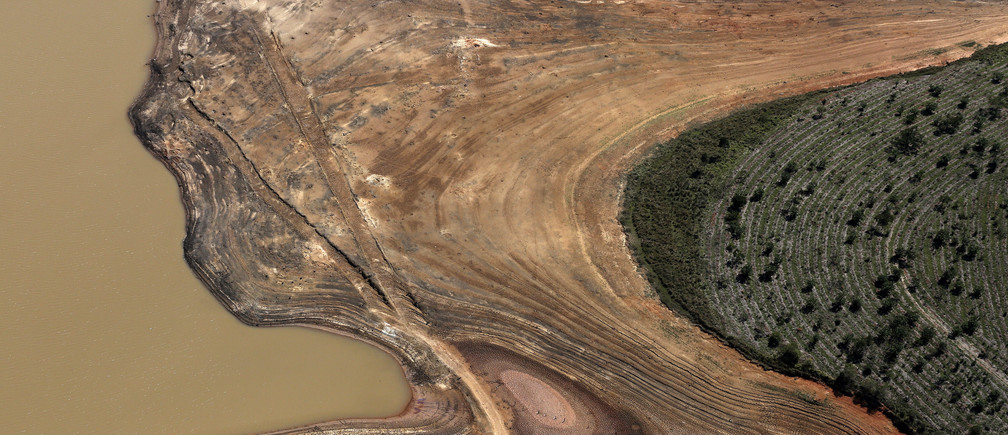An aerial view of Brazil’s Atibainha dam, part of the Cantareira reservoir, during a drought. Our impact Explore the latest strategic trends, research and analysis A new report from the UN’s Intergovernmental Panel on Climate Change (IPCC) warns us that “rapid, far reaching and unprecedented changes in all aspects of society” are required to limit global warming to 1.5C and avoid an irreversible natural tipping point. By 2030, carbon dioxide emissions caused by humans need to fall by about 45% from 2010 levels, reaching ‘net zero’ around 2050, says the report. Remaining emissions would need to be balanced by removing CO2 from the atmosphere, for example through reforestation and improved land management. From analyzing large data sets — or big data — we know that our planet lost the equivalent of 40 football fields per minute last year in tree cover. We know that more than a quarter of global tree cover loss between 2001 and 2015 was associated with commodity-driven deforestation .
Big data — whether historical or real-time — can also help us tackle the problem, for example by locating harmful emissions or identifying pressure points along the supply chain. This transformative change in data capabilities is an example of what the World Economic Forum refers to as the Fourth Industrial Revolution (4IR). When California Governor Jerry Brown announced in September that the US state would be launching “its own damn satellite” to monitor the effects of climate change, his promise was bold: an initiative to help governments, businesses and landowners to pinpoint — and stop — destructive emissions “with unprecedented precision, on a scale that’s never been done before”. Launched against a backdrop of the Trump administration’s withdrawal from the Paris Agreement , California is taking local action to a global problem in the absence of […]

